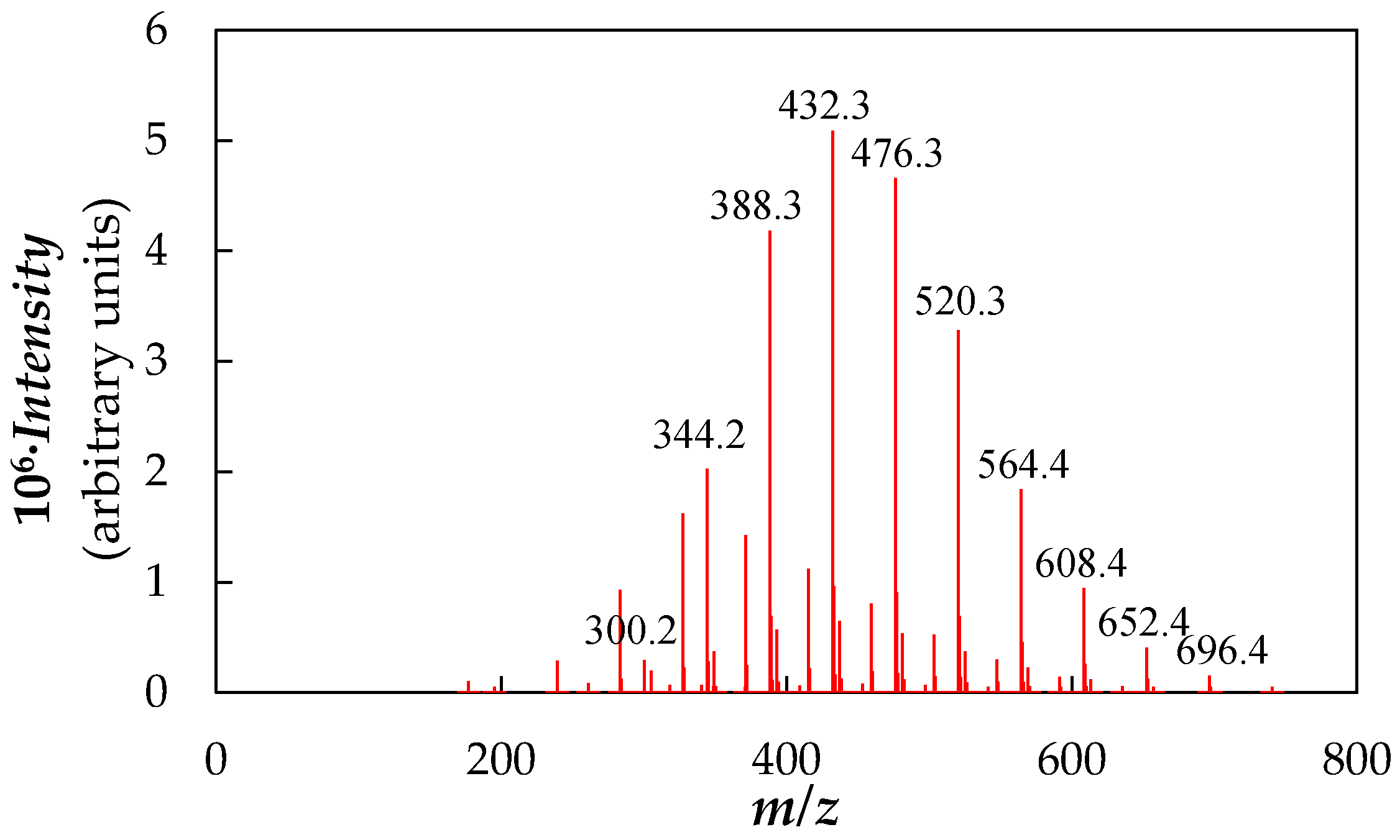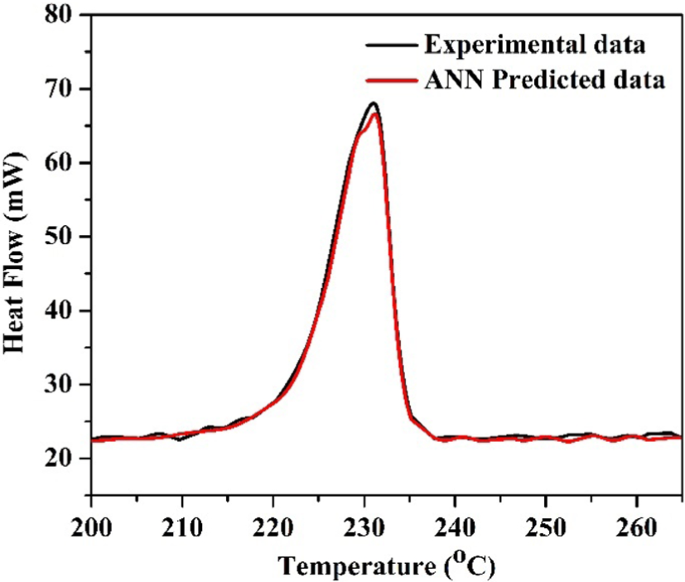

Laser light or electrical pulses can be used to illuminate and heat the sample past the glass-transition temperature. On the other hand, if the glass is quenched before this threshold, then it solidifies with an amorphous structure. When the PCM reaches a threshold temperature, the material crystallizes. Like many glassy materials, the solid form of PCMs can exist in both a crystalline and an amorphous state.

The concept behind PCMs is straightforward. In contrast to standard glassy materials, PCMs uniquely experience high-speed phase transitions, long-lived thermal stability, sharp resistance changes, overall chemical stability, and repeatable reversible transitions.

The focus of this paper exploits another intriguing candidate for creating dynamic behavior: chalcogenide-based phase change materials (PCMs)-a glassy material class with a host of amenable switching-related properties. There are many well-known ways to induce dynamic behavior to name a few: the photo-elastic, thermo-optic, and photo-refractive effect, the Pockels and Kerr effect, and the re-orientation of liquid crystals. Selectivity, in our context, refers to a material responding to different initial conditions of light in a pre-engineered way. Dynamic behavior refers to an induced change such that subsequent light-matter responses are altered. Introductionīodies of scientific literature exist describing various methods that can be utilized for both dynamically and selectively controlling light through a material. © 2020 Optical Society of America under the terms of the OSA Open Access Publishing Agreement 1. After ensuring trustworthy neural network advisory, we identify and validate optimal GST metasurface configurations best suited as dynamic switchable mirrors depending on selected light and manufacturing constraints. The data requirements, predictive accuracy, and robustness of these neural networks are benchmarked against a ground truth by varying quality and quantity of training data.

Due to the immense number of possible metasurface configurations, we train deep neural networks capable of exploring all possible designs within the working parameter space. Selectivity in the reflection and transmission spectra is manipulated by tailoring the geometrical parameters of the metasurface. Dynamic switching behavior in reflectance is exploited due to a drastic refractive index change between the crystalline and amorphous states of GST. In this paper, we simulate various metasurface configurations consisting of periodic 1D bars or 2D pillars made of the ternary phase change material Ge 2Sb 2Te 5 (GST). Optical materials engineered to dynamically and selectively manipulate electromagnetic waves are essential to the future of modern optical systems.


 0 kommentar(er)
0 kommentar(er)
